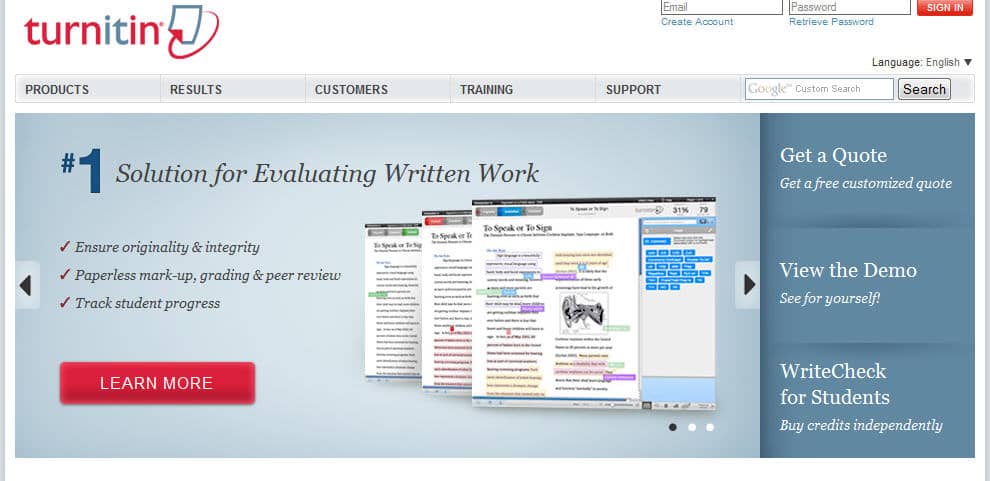By Joanne Arcand
In her weekly guest column, Joanne Arcand focuses on plagiarism and how to teach our kids to avoid it.

It’s that time of year when the first book reports and research projects on the ancient Egyptians start pouring into school. It’s more complex than we think. When we ask students to research, we are expecting new ideas…but the starting point is to read or listen to everyone else’s ideas.
Ever been asked what restaurant you want to go to after listening to five other people state what they want? I reply: “Any of those places sound good” too. It’s hard to think of an individual idea when all the other ideas seem not only valid, but better worded than your 9 year old brain could do.
There are only Seven Stories
The British literary critic, Christopher Booker has argued that there are only seven stories- any story you read is a variation of one of the seven basic plots. Any writer copies ideas, any hip hop artist mimics the style or word patterns of their own idols, and many engineers keep journals of design ideas they see that they would like to use in their own creations.
How do we teach students to use the ideas of others, but to put their own personal spin on things?
Top six ways to avoid plagiarism

Start with specific questions written on separate cue cards or separate pages on a word document. As each question is answered, add the answer and the reference source to the appropriate card/page.
- Take point form notes, then just use the points to write the report. When you are helping younger children, write each point on a separate cue card then rearrange the order of the cue cards to join related points. Older children often prefer to use a word document and drag the points until they have four or five paragraphs that link the information.
- To get to these points, read a paragraph, and ask your child to tell you what it meant without looking at the text. Take notes on what he/she remembers.
- Do not use any more than five words in a row from any source without quotation marks. If using a quotation, make sure to link it to the reference right away.
- Use different forms of communication- turn charts into graphs, a list of dates into a visual timeline, and captions under photographs to communicate those interesting facts.
- Use turnitin.com to check for plagiarism. You can also use a search engine such as google to search for quotes from your child’s work that sound a little too good to be true.
As with any long-term homework assignment, it’s the procrastinators that tend to plagiarize (just like the procrastinators tend to cheat on the tests, or steal your lipstick). When a research assignment appears in the agenda book, binder, or class website split the question asking, research and writing into small chunks.
Once the report has been handed in and returned, don’t forget the most important step - display that hard work on the fridge. It’s amazing how a little promotion will help encourage the research for the next assignment - and it helps when Nanna pays a surprise visit and asks; “What’s new?”
Joanne Arcand is trying to juggle her role as a math teacher with her other life as mom of twin boys. She lives in Oakville, Ontario.

